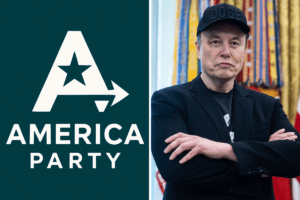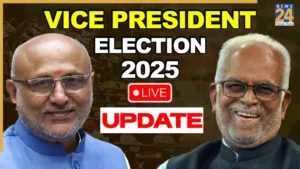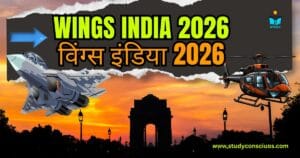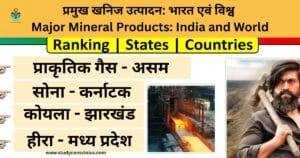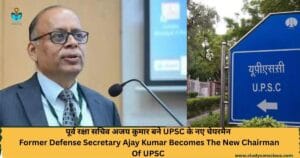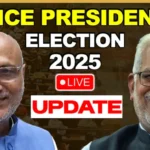One of the most popular name that comes to the mind of every Indian while talking about the law, justice and order is Chief Justice DY Chandrachud. Justice Chandrachud announced his retirement in the month of November 2024. Justice Sanjeev Khanna will now succeed DY Chandrachud and will hold the position of Chief Justice of India till 13th May 2025, upon reaching the mandatory age of retirement. Justice Sanjiv Khanna will take the hold of the position on 10th November 2024. There are remarkable contributions made by DY Chandrachud in his legal career and judiciary, for which he will be a role model for the future generations. While talking about Justice Sanjeev Khanna has a very strong and remarkable achievements in the field of law. He hails from a family of lawyers and his uncle Justice Hans Raj Khanna, is known for his historic dissent in the ADM Jabalpur vs Shivkant Shukla case during the Emergency period in India. 51th Chief Justice of India.
About Justice Sanjiv Khanna
Justice Sanjiv Khanna, born on May 14, 1960, hails from a distinguished legal family. His father, Justice Dev Raj Khanna, served on the Delhi High Court, and his uncle, Justice Hans Raj Khanna, is known for his historic dissent in the ADM Jabalpur vs Shivkant Shukla case during the Emergency period in India. This background significantly influenced Justice Sanjiv Khanna’s career and values in the judiciary.
Justice Khanna pursued his education at Modern School, Delhi, and graduated from the University of Delhi, following which he obtained his law degree from the same institution. He began his legal career by enrolling as an advocate with the Delhi Bar Council in 1983. Initially, he practiced in Delhi’s district courts before moving to the Delhi High Court, where he handled cases across a range of legal fields, including constitutional law, taxation, arbitration, and more.
He was appointed an additional judge of the Delhi High Court in 2005 and became a permanent judge in 2006. His work in the Delhi High Court included key administrative roles, such as overseeing the Delhi Judicial Academy and the Delhi International Arbitration Centre.
In January 2019, Justice Khanna was elevated to the Supreme Court, bypassing the position of chief justice of a high court. His tenure in the Supreme Court has been notable for several landmark cases, including those concerning the Electoral Bond Scheme and the repeal of Article 370, among others. He has also been an advocate for legal services, serving as the chairman of the Supreme Court Legal Services Committee and the executive chairman of the National Legal Services Authority.

The ADM Jabalpur vs. Shivkant Shukla case
The ADM Jabalpur vs. Shivkant Shukla case commonly referred to as “Habeas corpus case” is one of the most controversia; case in the judiciary of Indian constitution. It refers to the time when Emergency rule was imposed by the Prime Minister Indira Gandhi during (1975-1977). Habeas corpus is the Latin term meaning “you shall have the body”. It is the legal principal or writ that states to protect the individual’s right to freedom and unlawful detention. At the time of Emergency imposed in India, the fundamental rights of individual’s are withdrawn and people can not file any legal action or we can say no other rights that are given in the constitution are applicable at that particular point of time.
Justice HR Khanna played a crucial role during this period opposing the National Emergency, by saying that the fundamental rights were inherent and cannot be take away by any individual even at the time of national crisis. The ADM Jabalpur judgment was heavily criticized for siding with authoritarianism during the Emergency and for the judiciary’s failure to protect fundamental rights. The decision led to public outrage and is considered one of the darkest moments in Indian judicial history. After the Emergency was lifted in 1977, the 44th Amendment to the Constitution was passed, ensuring that Article 21 (right to life and personal liberty) could not be suspended even during an Emergency. Justice Khanna’s dissent has since been regarded as one of the greatest dissents in Indian judicial history. In fact, in 2017, the Supreme Court in a later judgment (the Puttaswamy case, dealing with the right to privacy) officially overruled the ADM Jabalpur decision, acknowledging the importance of civil liberties and reaffirming the protection of fundamental rights.
Key differences between President’s Rule and national Emergency
| Aspect | President’s Rule (Article 356) | National emergency (Article 352) |
| Reason | Breakdown of constitutional machinery in a state | Threats like war, external aggression, or armed rebellion |
| Effects on Government | State government suspended/dissolved | State governments continue, but with curtailed powers |
| Duration | Maximum of 3 years (with conditions) | Can be extended indefinitely with parliamentary approval |
| Suspension of Fundamental Rights | No suspension of fundamental rights | Can suspend fundamental rights (except Articles 20 and 21) |
| Scope | Imposed in a specific state | Imposed across the whole country or part of it |
Historical Instances:
- National Emergency has been declared three times:
- 1962 (during the India-China war),
- 1971 (during the India-Pakistan war),
- 1975 (by Indira Gandhi, citing internal disturbance, which led to the suspension of civil liberties).
- President’s Rule has been used many times in various states when there has been political instability, failure of governance, or law and order breakdown.


